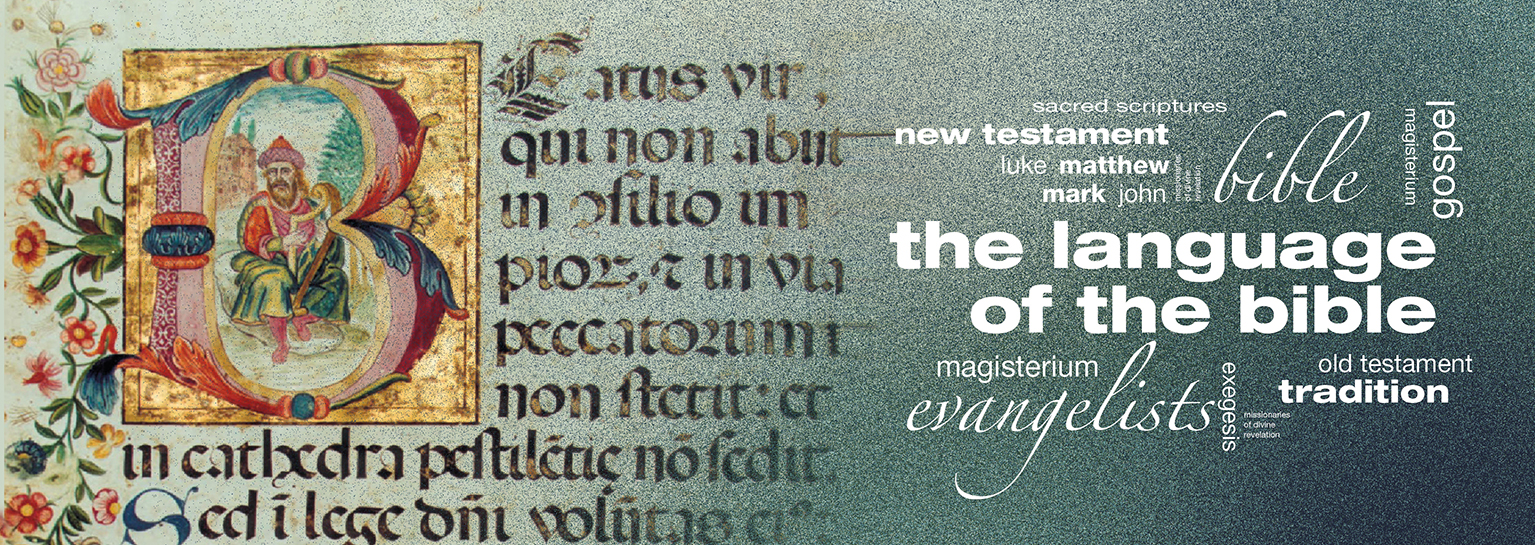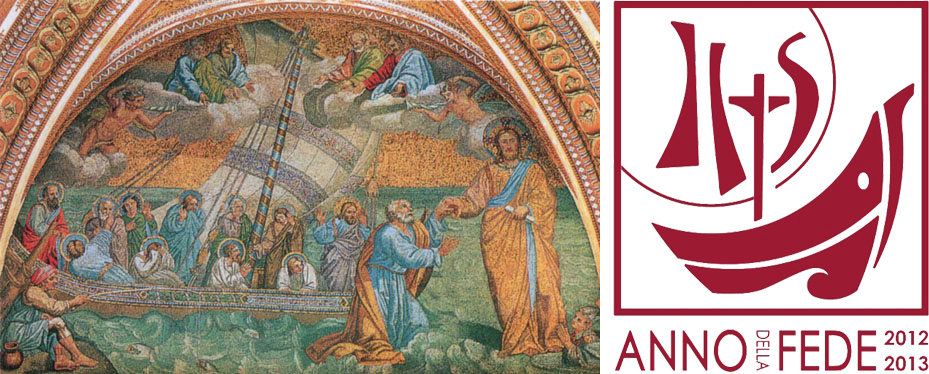The Year of Faith
“And when they arrived [in Antioch], they called the church together and reported what God had done with them and how he had opened the door of faith to the Gentiles.” (Acts 14:27) With this citation the Holy Father, Benedict XVI, initiated his Apostolic Letter Porta Fidae that inaugurated the Year of Faith which will commence on the 11th October 2012.
In the apostolic letter, the faith is presented as a door that introduces us to communion with God and makes us members of the Church. The Holy Father decided to declare the Year of Faith because this year marks a memorial of two important and connected anniversaries in the life of the Church: the 50th anniversary of the Second Vatican Ecumenical Council that was inaugurated by Pope John XXIII (11 October 1962) and the 20th anniversary of the promulgation of the Catechism of the Catholic Church by Pope John Paul II (11 October 1992). In recalling these two events, the Holy Father hopes that the entire Church will recover an, “exact knowledge of the faith, so as to reinvigorate it, purify it, confirm it, and confess it” (Porta Fidae n 4).
The faith is a living thing that is a meeting with Jesus Christ that gives a real meaning to our entire lives and it should never be confused or reduced to merely knowledge! In renewing our faith we find the joy of meeting Christ in order that we can then bear witness to Him. The Congregation for the Doctrine of the Faith has written a series of Pastoral Recommendations to enable us to live this Year of Faith more intensely. In first place the CDF has highlighted that in the Year of Faith “… is intended to contribute to a renewed conversion to the Lord Jesus and to the rediscovery of faith, so that the members of the Church will be credible and joy-filled witnesses to the Risen Lord in the world of today – capable of leading those many people who are seeking it to the “door of faith.” This “door” opens wide man’s gaze to Jesus Christ, present among us “always, until the end of the age” (Mt 28:20). He shows us how “the art of living” is learned “in an intense relationship with him.” (Congregation for the Doctrine of Faith Pastoral Recommendations For The Year Of Faith, 7 January 2012)
The indications for the Year of Faith are designed to favour a meeting with Christ through an authentic witness to the faith as much as a better knowledge of the contents of the faith. The CDF’s document indicates proposals to assist Ecclesial authorities to respond to the Holy Father’s desire to live this year in fullness as a “time of spiritual grace” (Porta Fidae n 8) for the whole Church. For all believers the Year of Faith offers a proper occasion to deepen their knowledge of the principle documents of the Second Ecumenical Vatican Council and the study of the Catechism of the Catholic Church.
The CDF has also encouraged the Pastors of the Church to engage themselves in the transmission of the faith through the new language of modern technology: “Pastors should work to promote television and radio transmissions, films and publications focusing on the faith, its principles and content, as well as on the ecclesial significance of the Second Vatican Council.” (Congregation for the Doctrine of Faith, Pastoral Recommendations For The Year Of Faith, On The Level Of Episcopal Conferences, no 4) Furthermore, it is hoped that the Year of Faith will lead to a deeper knowledge of the Blessed and Saints who have given a true witness to the faith. Therefore, it will be an opportunity for Episcopal Conferences to work to defuse the knowledge of the Saints from their regions, perhaps also by utilising the means of modern technology.
Other pastoral indications with regard to the relationship between faith and art have been advanced. It is recommended that the Episcopal Conferences adequately evaluate their heritage of artistic masterpieces in the places entrusted to their pastoral care to ascertain if they can be utilised for catechesis or ecumenical collaboration. This indication is particularly important for the Missionaries of Divine Revelation in so much as it exhorts us to continue to utilise our “Catechesis with Art” programme that we have employed firstly in Rome but then, using the use of modern technology, all over the world.
We pray that this year is a privileged opportunity to share the most treasured Christian gift: Jesus Christ, Redeemer, King of the Universe and “the leader and perfecter of faith” (Heb 12:2) We respond with joy to this invite and prepare ourselves to live this Year of Faith with love and great commitment.

